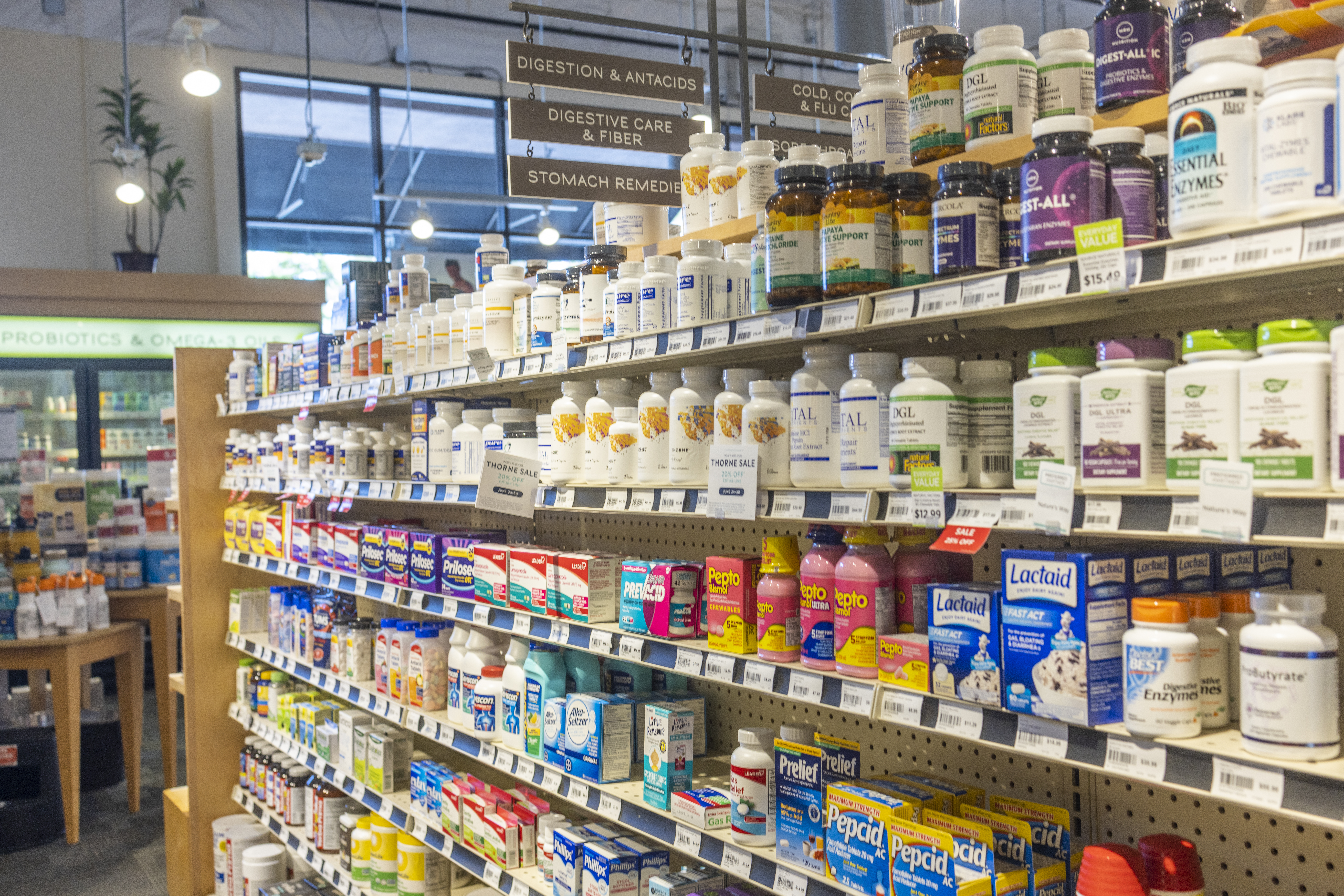The future of clinical research is upon us. The pandemic served as the catalyst to rethink the way we bring safe and reliable health products to market—and quickly. Four trends are poised to disrupt clinical research. Here’s an examination of each.

Trend #1: Decentralized Clinical Trials
Be it school, work, or grocery shopping, all facets of life seemed to go remote during the pandemic. Clinical research was no exception. Traditional clinical research typically takes place in a standard office and medical setting, and is limited to participants living within the immediate vicinity. But this lack of geographical diversity homogenized participants. Previously, patients living in more rural communities or those living far distances may not have heard of let alone participated in clinical research opportunities. The pandemic forced researchers to recruit participants independent of geography. This shift to decentralized clinical trials welcomed an increase in ethnic, gender, age, and comorbidity diversity. It forced researchers to utilize web applications, asking patients to engage virtually and even sending products to their homes.
The change to a clinical research remote access approach saved both time and money; two benefits that are bound to stick around in a post-COVID-19 world.
Trend #2: Direct to Consumer Alternative Healthcare
With the COVID-19 pandemic, Direct-to-Consumer (D2C) purchasing became all the rage. Rather than pay the overhead cost of maintaining a physical storefront and a sales team, the pandemic opened the virtual door directly from the manufacturer to the consumers, saving both time and money.
Bringing pharmaceutical drugs to the consumer is time, money, and resource intensive, not to mention replete with bureaucratic red tape, and lockdowns added to the challenges of getting non essential treatments during the pandemic. Consumers looked elsewhere when it came to supporting their health and wellness goals.
COVID-19 inspired a consumer commitment to immune health and proactive health maintenance to minimize the impact of one’s inevitable exposure. Consumers increased their commitment to exercise and alternative wellness approaches including functional foods, herbs, cannabis, meditation, breathwork, acupuncture, and aromatherapy. None of these require FDA approval and they also don’t require maxing out a deductible to afford them.
COVID-19 taught the American public the difficult lesson that traditional medical intervention can’t fix everything.
Trend #3: Wearables and the IoMT
Passed under the Obama Administration, the 21st Century CARES Act required more seamless transfer of information across medical providers and vendors. This also provided patients the ability to easily share information and thereby, easier for researchers to request and access it.
The result? An abundance of data.
The data capturing didn’t stop with the formal medical records. From day-to-day consumer wearables like the Oura Ring and Apple Watch to medical grade devices, such as glucose meters, wireless blood pressure cuffs and electrocardiograms, data from the Internet of Medical Things (IoMT) is constantly being generated. This provides medical practitioners and researchers access to real-time data as opposed to waiting for an in-office appointment.
This new speed of data transfer is a new frontier for medical practitioners, researchers, and patients alike.
Trend #4: AI Driving Big Data Analysis
Big Data and AI bring everything full circle as it is the underpinning of each of the trends.
Remote access invites diversity and empowers even a lone researcher the ability to execute clinical research. Through digital health, the middle man is removed, putting the patient and consumer back-in-charge of their health. This is a good thing for both patients and researchers who have always been limited in terms of access and the amount of data they could solicit given the limited sample size/population within the immediate vicinity.
The future of clinical research will utilize new digital health capabilities, AI, machine learning, and patient surveillance-monitoring. To accelerate the process, we must also identify ways to maintain and foster consumer and patient trust. The sheer quantity of data breaches in recent years is poised to contribute to a decline in consumer trust and minimize willingness to participate if data security is not taken seriously.
Large data sets and machine learning can serve as a tool to predict health outcomes using behavioral and demographic parameters, as well as preexisting conditions of patients. This information can better inform an accurate diagnosis, as opposed to simply reacting and treating symptoms. In addition, coupling large lifestyle and medical data sets can reveal hidden correlations beyond our original hypothesis. All these factors together may explain the impact the effectiveness of the treatment or anticipated side effects.

